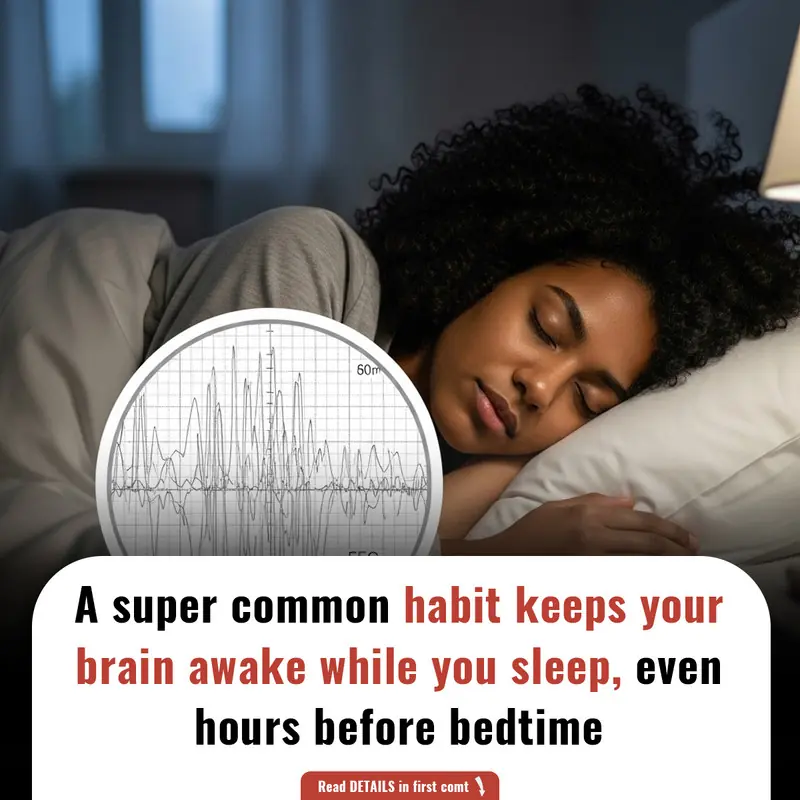Discover the latest breakthroughs in dream research and how scientists are decoding brain activity during sleep. Learn how neuroimaging is helping understand dreams, consciousness, and mental health, offering new insights into the subconscious mind.

Exploring the Future of Dream Research: Unlocking the Mysteries of the Subconscious Mind
Imagine being able to hit "record" on your dreams and play them back at will. Although the technology to fully record and replay dreams is still a concept for science fiction, dream research has made groundbreaking strides, offering tantalizing glimpses into the intricate world of our subconscious.
The Science Behind Dream Research
Scientists around the world are now actively working on understanding and decoding brain activity during sleep. This research focuses on how different parts of the brain become active during specific sleep stages and how those patterns might relate to the vivid experiences and images we encounter in our dreams. Through advanced neuroimaging techniques, such as fMRI (functional magnetic resonance imaging), researchers are beginning to uncover fascinating connections between brain activity and dream content.
Unlocking Dream Content Through Neuroimaging
Though we’re far from being able to replay our dreams like a movie, ongoing studies are providing deeper insights into the brain’s activity. By analyzing the brain’s signals, researchers are starting to infer aspects of dream content—such as identifying certain objects or emotions that arise during sleep. This ability to study and interpret the subconscious narratives we experience is opening up new pathways for understanding consciousness, memory, and even mental health.
For example, a recent study explored how specific areas of the brain light up during REM (rapid eye movement) sleep, a stage where the most vivid dreams occur. These insights could potentially help decode what we dream about, from recognizing faces to identifying objects or locations within our dreams. As technology advances, researchers hope to refine this process further and gain a more nuanced understanding of dream mechanics.
Potential Applications in Mental Health and Wellness
Dream research may have significant applications in mental health and wellness. Dreams are thought to play a vital role in processing emotions and experiences, potentially helping us make sense of the events in our waking lives. By understanding dream content, researchers could identify emotional patterns and mental states, offering a new window into a person's psychological well-being.
Furthermore, this research could eventually provide insights into sleep disorders and contribute to treatments for conditions such as PTSD, anxiety, or depression, where dreams often become vivid or disturbing. If researchers can link certain brain activity patterns with emotional states reflected in dreams, it could help diagnose or monitor mental health conditions in new ways.
Future Possibilities: The Role of Technology in Dream Decoding
While the concept of watching our dreams like a movie remains a distant goal, technology continues to advance rapidly in the realm of neuroimaging and brain research. Future innovations in brain-computer interfaces (BCIs) may one day allow us to interpret and even interact with our dreams in real-time, enhancing our understanding of the mind and subconscious processes.
The potential for improving sleep quality, treating sleep-related disorders, and using dreams as diagnostic tools for mental health opens up exciting new frontiers for both neuroscience and psychological research.
Conclusion: The Fascinating Future of Dream Research
In conclusion, while we might not be able to hit "record" on our dreams just yet, dream research is rapidly progressing and bringing us closer to understanding the mysteries of our subconscious mind. As scientists continue to unlock the secrets of brain activity during sleep, the potential applications for mental health, memory, and wellness are vast, offering a brighter future where dreams may no longer be a complete mystery.
References:
-
"Neuroimaging of Dreaming: The Scientific Exploration of the Subconscious Mind." Science Advances Journal.
-
"Understanding Brain Activity and Dream Content: The Link Between REM Sleep and Emotional Processing." Journal of Neuroscience.
-
"Dreams and Mental Health: How Understanding Subconscious Narratives Could Shape the Future of Psychological Treatment." Psychology Today.
This structure ensures clarity and offers a comprehensive look at the exciting developments in dream research. Feel free to adjust based on your specific preferences or website formatting!





































